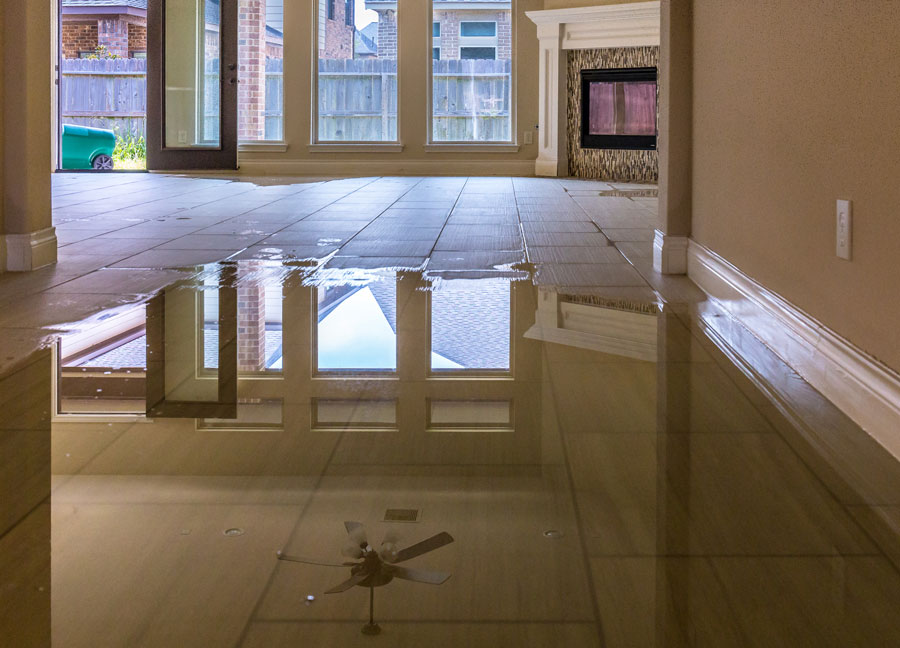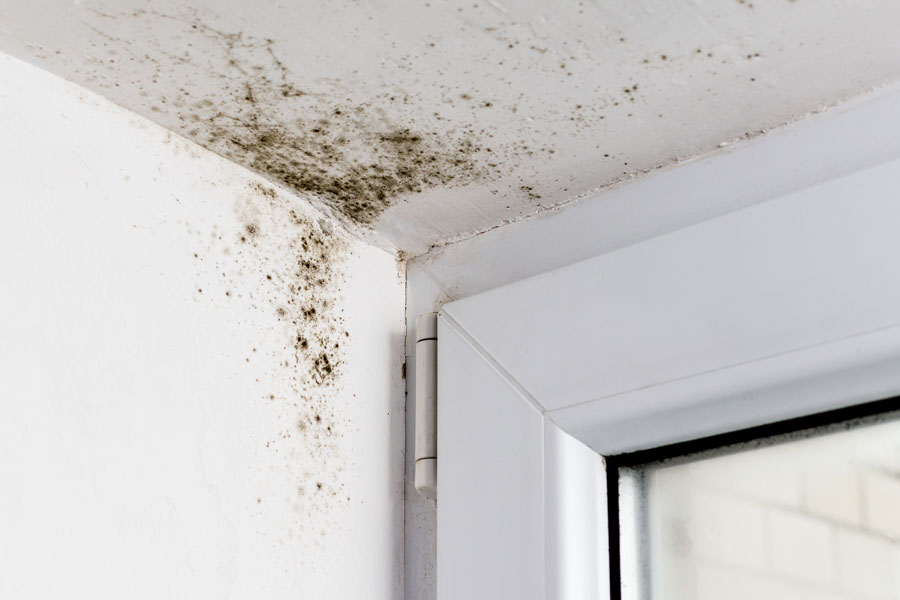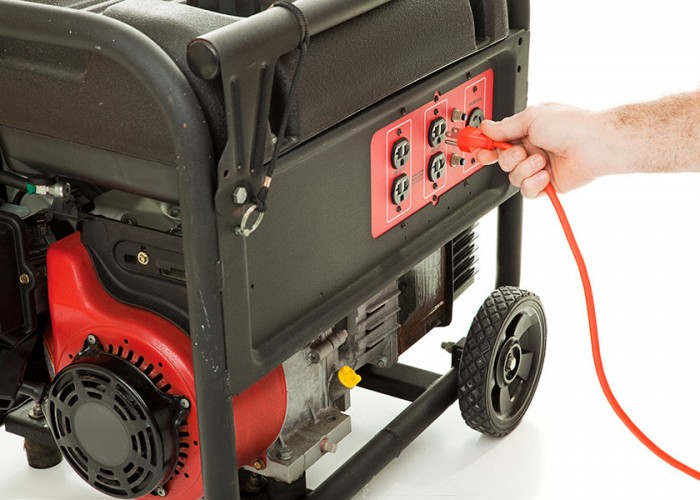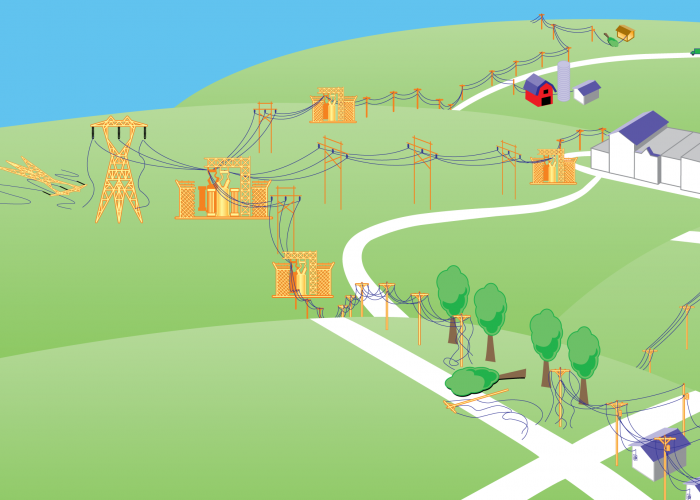Stay Safe Long after the Storm
Steps to make sure your house is healthy after water damage
By Jonathan Coulter, Advanced Energy and Sam Myers, RetrotecThe North Carolina State Historic Preservation Office gives you a few tips for drying out historic properties if you've experiences any flood conditions from recent storms. Video courtesy of N.C. Department of Natural and Cultural Resources.
Hurricane Florence brought record amounts of rainfall and devastating flooding across North Carolina, especially in the eastern part of the state. According to CNN measurements, some cities saw close to 3 feet of rain over four days, which is the highest rainfall total for any tropical system to hit the East Coast of the United States.
As flooding recedes, many people are returning to their homes and beginning the restoration process. If you are moving back into a home that was flooded, it is extremely important to become knowledgeable on moisture management and take the necessary steps to keep your house safe and healthy for you and your family. Just because the water is gone and your house looks back to normal, does not mean that there is no damage or dangerous mold behind the walls, floors and ceiling.
Many families suffered the effects of mold after flooding caused by Hurricane Floyd in 1999. Some hard lessons were learned about the importance of addressing humidity and damp materials. It is best to address possible issues now so that your family avoids respiratory illness later. Below are important items to consider as you repair your home after a flood.

Choose your Contractor Wisely
Reputable general contractors and HVAC contractors will be a huge help in making repairs to flooded homes. However, many have not received specific training on moisture issues and mold prevention. Extra steps must be taken to ensure flooded homes will be safe to live in now and in the future. For high performing healthy homes, contractors use HERS Raters or BPI Analysts to ensure they don’t miss any important details. It would be beneficial to utilize these experts when developing a rehabilitation plan for a flooded home. You can also find weatherization and HVAC contractors with certification from the Building Performance Institute to make repairs that will help prevent future mold growth.
Install a Dehumidifier
Unfortunately, many people will move back into homes that will not be safe to live in, even if they appear to be move-in ready once repairs are underway or finished. If you have a home that was flooded, especially where the walls and foundation where submerged, please consider having dehumidification installed. A dehumidifier will actively reduce moisture levels to help prevent mold from growing inside the home or crawl space. It can be a stand-alone unit or incorporated into your existing HVAC system (a licensed HVAC contractor will be able to install this type).
If you have a home that was flooded, especially where the walls and foundation where submerged, please consider having dehumidification installed.
For those with allergies and asthma, it may also be beneficial to install a medical grade air purification system that removes mold spores, chemicals, and even viruses from the air.
Close your Crawlspace
We live in the Southeast where humidity is already an issue and is frequently overlooked and not properly addressed. When you add framing and foundations that have been completely submerged, these parts of the home will not completely dry out, especially if the restoration work is rushed due to tight schedules. This applies even more to homes built on crawlspaces. If the crawlspace flooded, encapsulate/close and dehumidify it. If you do not, then mold may occur and may creep into your home. Also if the crawl space is not dried out, there may be a structural danger and risk of rotting floor joists.
 Take Mold Seriously
Take Mold Seriously
Along with causing allergy induced asthma, long term exposure to mold can also negatively affect how you sleep and how you think. Unfortunately, the environments in which we live often get overlooked when we are diagnosed with a respiratory ailment by a medical provider. Experts are working to bridge this gap by presenting evidence of how our homes affect our health. A previously flooded home may amplify this issue.
Evidence of moisture damage typically cannot be seen from the main living space, so the “out of sight, out of mind” affect kicks in. This being said, people end up paying more for this problem with higher healthcare costs and discomfort than they would by addressing it in the first place.
Put Health and Safety First
Throughout the restoration process, it is important to prioritize health and safety over the time it takes to make repairs. Reputable contractors and your electric cooperative will also stress this. If water reached the electric meter during flooding, then your electric service cannot be restored until inspections are done and approvals are granted. Energizing houses that have not been correctly restored can result in house fires as well as serious personal injury.
Having a flood in your home is an awful situation and requires a lot of time to properly cleanup. It is worth the time, however, to research and make the best choices for you and your family so that your house remains healthy and safe for years to come.
Additional Resources
Locate a Contractor:
- View a list of certified contractors that are currently working to repair homes impacted by Florence.
- BPI Contractor Locator Tool
- RESNET Qualified Home Energy Professional Locator Tool
- Tips for Choosing a Home Builder
Organizations that can Provide Guidance and Assistance:
Helpful Articles and Tools:
- Home Comfort 101
- Closing Your Crawlspace
- Hayward Score – Assess the Indoor Air Quality in Your Home
- National Center for Healthy Housing Flooding Fact Sheets
- Environmental Protection Agency Mold Information
- Environmental Protection Agency Flood Cleanup Webinar
- Center for Disease Control Homeowner’s Guide to Mold Cleanup
- LSU AgCenter Disaster Recovery:
-
More storm recovery and restoration
-
Share this story:





